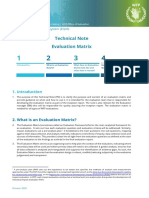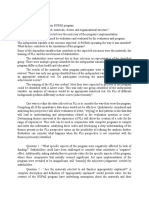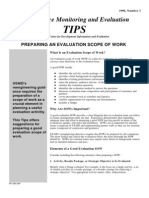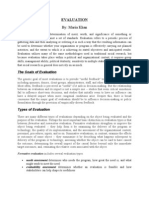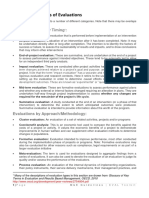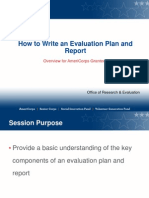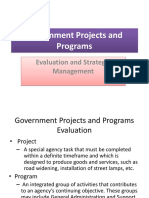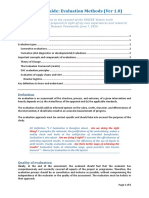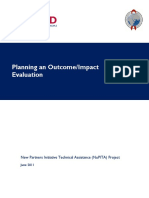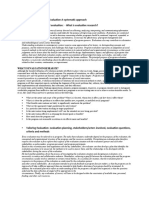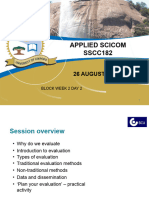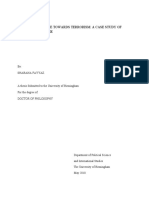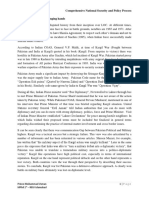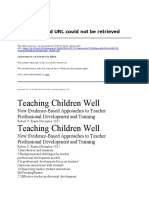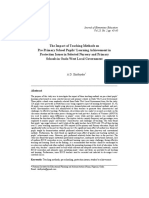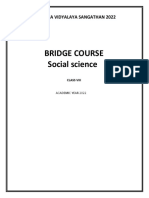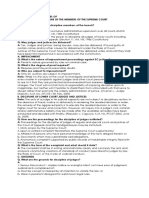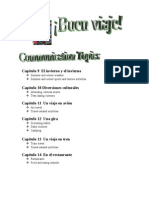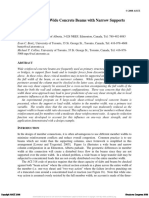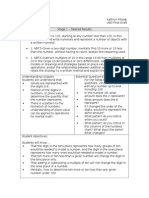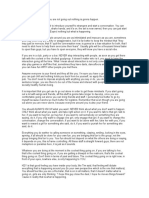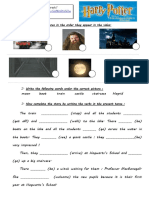0% found this document useful (0 votes)
56 views18 pagesRainbow Eval
The Rainbow Evaluation Framework is a 7-cluster framework for guiding evaluations. It includes clusters for managing the evaluation, defining what is being evaluated, framing key questions, describing activities/outcomes, understanding causes, synthesizing data, and reporting/supporting use. Each cluster contains questions to guide evaluators in planning and conducting different aspects of the evaluation process.
Uploaded by
omiCopyright
© © All Rights Reserved
We take content rights seriously. If you suspect this is your content, claim it here.
Available Formats
Download as PDF, TXT or read online on Scribd
0% found this document useful (0 votes)
56 views18 pagesRainbow Eval
The Rainbow Evaluation Framework is a 7-cluster framework for guiding evaluations. It includes clusters for managing the evaluation, defining what is being evaluated, framing key questions, describing activities/outcomes, understanding causes, synthesizing data, and reporting/supporting use. Each cluster contains questions to guide evaluators in planning and conducting different aspects of the evaluation process.
Uploaded by
omiCopyright
© © All Rights Reserved
We take content rights seriously. If you suspect this is your content, claim it here.
Available Formats
Download as PDF, TXT or read online on Scribd
/ 18







